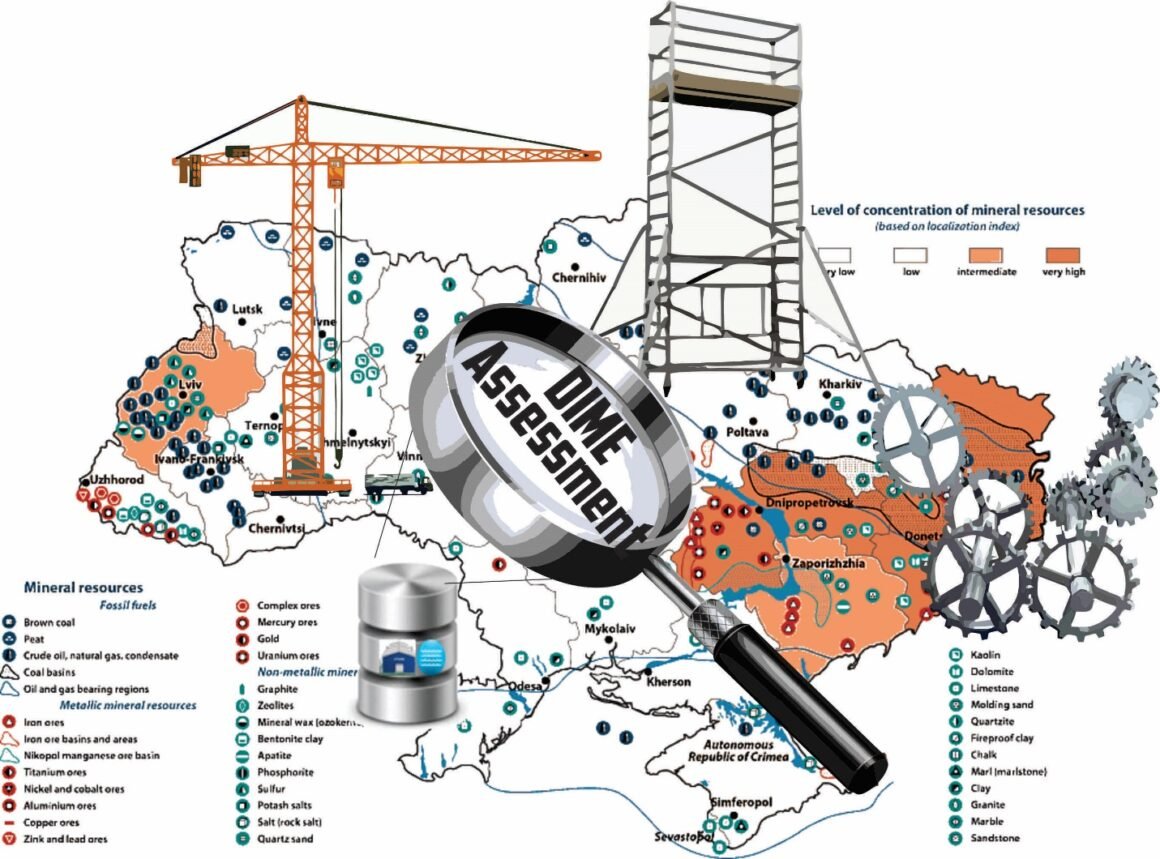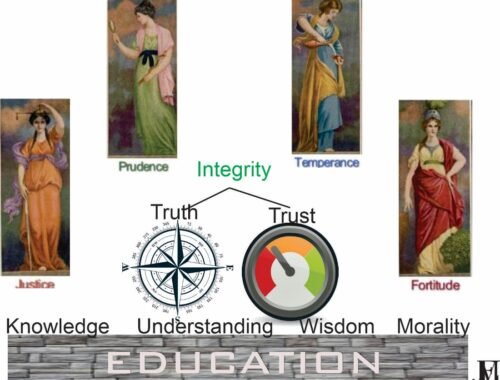
Thoughts on Ukraine, Part 5: Post-War Rebuild
I am going out on a limb and say the war will end with the Government of Ukraine intact and in control of most of its territory. That is still not a certain outcome, but between the valor of the Ukrainians and the humanitarian and lethal aid and economic sanctions the west provides, it could well be the case. Imagine the effect of providing several Predators and the command and control stations would have on the massed columns bogged down on the roads.
When the Russians invaded Georgia, US European Command (EUCOM) developed an Armed Forces Assessment Team (AFAT) to assess the conduct of the Georgian military and determine their needs for capability development, training and equipping post conflict. Their findings shaped EUCOM’s engagement and the Georgian Country Campaign Plan within the Theater Security Cooperation Plan (TSCP).
I recommend something similar for Ukraine, but expanded to the full DIME framework: Diplomatic, Information, Military, and Economic. This needs a whole of government approach to both look at what Ukraine needs for reconstruction and the effectiveness of the USG and Europe’s integrated response. I suspect EUCOM still has the Georgina AFAT EXORD in their files somewhere and update it for the military component of DIME. The US Embassy in Georgia probably has some good notes and potentially a Country Plan for Georgia’s recovery.
Those two are good places to start, but this needs to be larger than just rebuilding Ukraine. It needs and DIME focus as a minimum and perhaps an expanded MIDLIFE (Military, Information/Intelligence, Diplomatic, Legal, Infrastructure, Finance, Economic) structure to cover all relevant dimensions.
For example, The Economist just published two good articles. A new age of economic conflict asks some interesting questions about the future of economic sanctions to include their control (like weapons of mass destruction) and their future viability if China creates competing financial markets. How Europe’s commodities traders took a gamble too far on Putin’s regime discusses the activities of traders and multinational corporations (MNC). These and similar issues need to be in the Economic dimension of the DIME assessment. The Economic dimension also needs to identify the critical reconstruction requirements in post-war Ukraine and who should pay for them. Part 4 suggests the Russian kleptocrats should pay for it.
The Diplomatic dimension needs to consider NATO and EU actions before and during the conflict. The New York Times has an interesting story on US engagement with China about the conflict. How effective was it and did it potentially worsen the situation rather than helping it? A Reuters 9 December 2021 article says the US offered Ukraine NATO membership. The US and the EU may also push for reforms in the UN Security Council (UNSC). Russia, as a standing member, vetoed a potential resolution on Ukraine. Should a party to a conflict have veto authority on a UNSC resolution about its actions? Just as importantly, how should diplomatic lessons learned shape future crises? What changes, if any, are required in the US Department of State, NATO, and the EU?
The Information dimension of DIME seems to be going well. Social Media and standard media outlets have provided up-to-date reporting. But has it gone too far? For example, I saw a minor blow-up of a LinkedIn discussion that showed some prisoners of war. And social media can cut both ways. What should the USG, NATO, and the EU to engage social media in similar conflicts? Now this one seems to be going much better than Georgia. I think the candid assessment in the Georgia crisis is that Russia dominated the information channels and conducted information dominance much more effectively than the US, NATO, and the EU.
I understand the conflict is ongoing and does not have a known end date or end state conditions. But the sooner the USG, NATO, and the EU think through the dynamics of assessment, the quicker they can respond and conduct it. If they stand up coordinated assessment teams now, they can start assessing pre-conflict items, and conflict response now and gathering data.
The data piece will be huge. The assessment teams will need data scientists that work with the subject matter experts to wrangle the data and develop effective data sets and assessment tools. This is a non-trivial task that requires an understanding of both the technical aspects of data science and the technical aspects of the DIME dimensions. This team needs to start now to design the system and start collecting the data. The good news is that I suspect there are already collection systems ongoing. Therefore, the focus needs to be on the data wrangling and the tools to support the four dimensions of DIME, especially how they interact.
Speed is important. Taiwan could be looming on the horizon.





